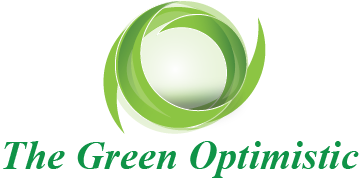Dye-sensitized (Graetzel) solar cells have been in the spot of many minds since they were first created in early '90s by Michael Graetzel, from EPFL, Switzerland. Until now, dye-sensitized solar cells only proved to be cheap, but also inefficient....
In order to promote the newly-developed rapid charger, Nissan has planned installing it in 200 stores throughout Japan. To avoid those situations when the batteries die when you least expect them to, Nissan has developed a network of similar charging stations. So, with 200 stations across Japan and with a 40km-radius circle around each charger, you can not remain without batteries.
More and more governments show high interest in investing in clean energy sources. With 3,000 hours of sun per year, Morocco is now planning to invest in the harvesting of solar power.
A sheet less than a nanometer wide and four pairs of molecules now constitutes the world's smallest superconductor and proves that superconducting nanoscale materials can be made, an obvious advance for nano-scaled electronics and energy applications.
A huge plane powered by solar energy is being tested in Switzerland. In December, the airplane made its first successful test flight, rising at a height of just one meter above the ground.
Humdinger Wind Energy LLC has developed a micro turbine called MicroBelt, that is able power the new information age with a billion tiny harvesters. The millions of wireless sensors that collect a variety of information could be powered by this little device.
The hybrid field motor works by generating a magnetic force by synchronizing a permanent magnet and an electromagnet. The main advantage is that hybrid field motors only use half of the amount of rare-earth magnet, compared to a synchronous motor, that you can see in today's hybrid or electric vehicles.
Things are to be discussed, but it looks like scientists from the Brookhaven National Laboratory on Long Island, using their Relativistic Heavy Ion Collider (RHIC), created a symmetry-breaking bubble of space where parity, one of nature's fundamental concepts, no longer existed for a tiny fraction of a second.
The Ministry of New and Renewable Energy of the Indian government will present a mandate that would require telecom operators to use solar panels to power their cellphone towers. This will dramatically reduce their carbon footprint and will make a huge difference in long term.
Nippon Chemi-Con Corp has been developing a new type of capacitors called "nano-hybrid capacitor" and plans to launch the first samples on the market by April 2011. These new capacitors generation will be introduced as replacement to the normal electric double layer capacitor (EDLC) and will have an energy density several times higher than that of a EDLC.
































